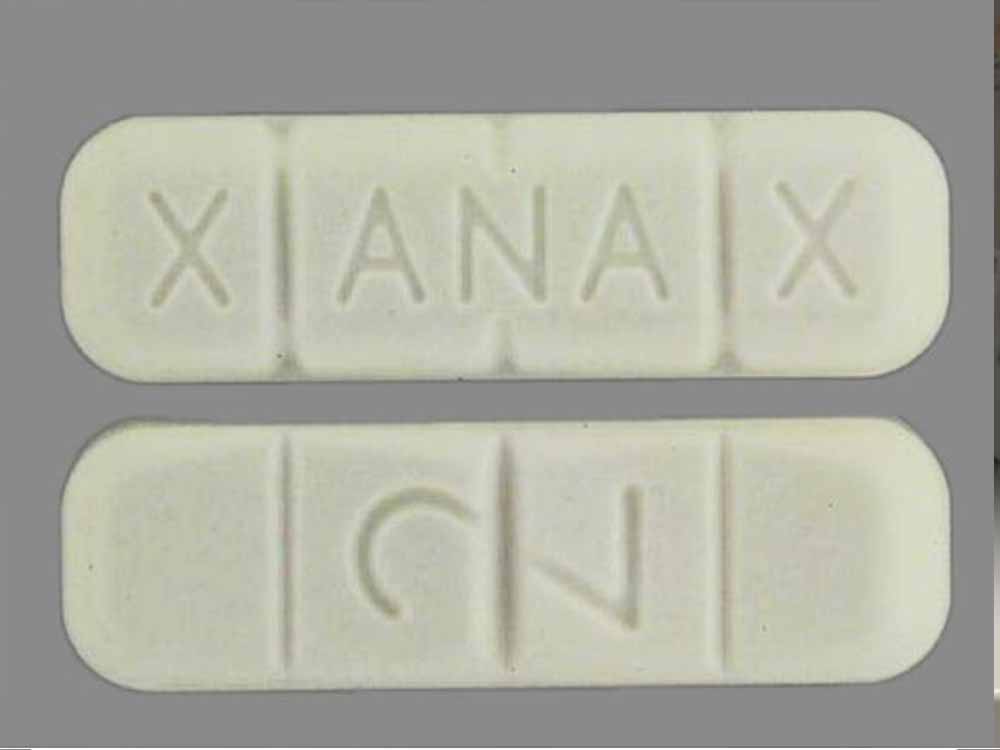Understanding Xanax in 2006: Therapeutic Uses, Mechanism of Action, and Clinical Considerations
Xanax, a brand name for the drug alprazolam, was a widely prescribed medication in 2006 primarily indicated for the treatment of anxiety disorders and panic attacks. This comprehensive exploration aims to delve into the multifaceted aspects of Xanax during this period, covering its therapeutic uses, pharmacological mechanism, clinical efficacy, potential side effects, and patient considerations.
Therapeutic Uses and Indications
Anxiety Disorders:
Xanax was prominently prescribed for the management of various anxiety disorders, including generalized anxiety disorder (GAD), social anxiety disorder (SAD), and panic disorder. Its anxiolytic properties provided rapid relief from symptoms of excessive worry, tension, apprehension, and somatic manifestations of anxiety.
Panic Attacks:
Xanax emerged as a frontline medication for the acute treatment of panic attacks and panic disorder with or without agoraphobia. Its rapid onset of action and calming effects helped alleviate intense episodes of fear, impending doom, chest pain, palpitations, sweating, and derealization experienced during panic attacks.
Mechanism of Action and Pharmacological Profile
Benzodiazepine Class:
Xanax belonged to the benzodiazepine class of psychoactive drugs, exerting its pharmacological effects through potentiation of gamma-aminobutyric acid (GABA) neurotransmission in the central nervous system (CNS). By binding to GABA-A receptors, Xanax enhanced inhibitory neurotransmission, resulting in sedative, anxiolytic, muscle relaxant, and anticonvulsant effects.
Rapid Onset and Short Duration:
The pharmacokinetic properties of Xanax contributed to its rapid onset of action and short duration of effect, making it suitable for acute symptom relief in anxiety and panic disorders. Peak plasma concentrations were typically reached within 1-2 hours following oral administration, with a half-life ranging from 6 to 12 hours.
Clinical Efficacy and Safety Profile
Efficacy in Anxiety Management:
Clinical trials and real-world studies demonstrated the efficacy of Xanax in reducing the frequency and severity of anxiety symptoms, improving functional impairment, and enhancing quality of life in patients with anxiety disorders. Short-term use of Xanax was associated with significant symptomatic relief and improved psychosocial functioning.
Side Effects and Risks:
Despite its therapeutic benefits, Xanax was not without risks, particularly concerning its potential for tolerance, dependence, withdrawal reactions, and overdose. Common side effects included drowsiness, dizziness, cognitive impairment, confusion, ataxia, and paradoxical reactions. Prolonged use or misuse of Xanax could lead to physical and psychological dependence, necessitating cautious prescribing and monitoring practices.
Patient Considerations and Counseling
Individualized Treatment Approach:
Healthcare providers emphasized the importance of tailoring Xanax therapy to each patient’s unique clinical presentation, comorbidities, medical history, and treatment goals. Patient preferences, past medication responses, and risk factors for substance abuse or dependence were carefully considered when initiating, titrating, or discontinuing Xanax.
Monitoring and Follow-Up:
Regular monitoring and follow-up appointments were integral to Xanax therapy, allowing healthcare providers to assess treatment response, evaluate side effects, address concerns, and adjust medication regimens as necessary. Patient education regarding proper use, potential risks, adherence strategies, and lifestyle modifications was paramount for optimizing therapeutic outcomes and minimizing adverse effects.
Conclusion
Xanax in 2006 represented a cornerstone medication in the management of anxiety disorders and panic attacks, offering rapid relief from distressing symptoms but also posing risks of dependence and misuse. Healthcare providers employed a balanced approach, leveraging Xanax’s therapeutic benefits while mitigating potential harms through individualized treatment plans, vigilant monitoring, and patient education initiatives.











